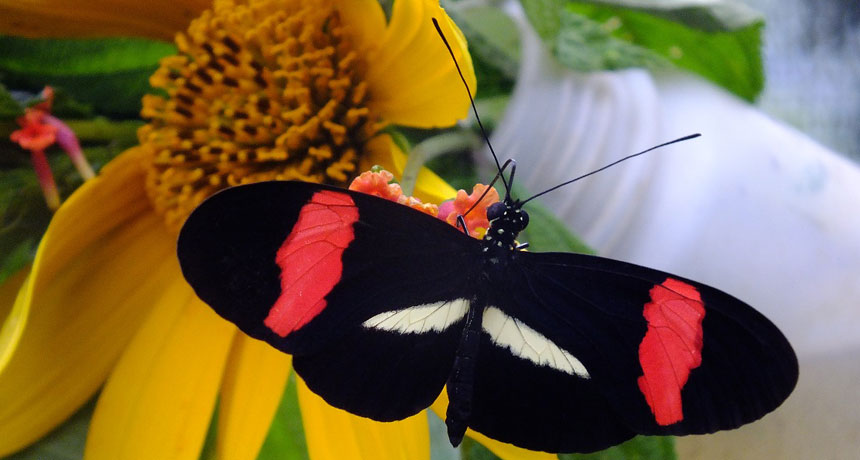Questions for ‘How a moth went to the dark side’

The gene variant responsible for some of these butterflies getting yellow stripes is the same one seen in changing the color of moth wings to black (from speckled gray). New data uncovering this gene help explain some iconic examples of evolution.
MELANIE BRIEN